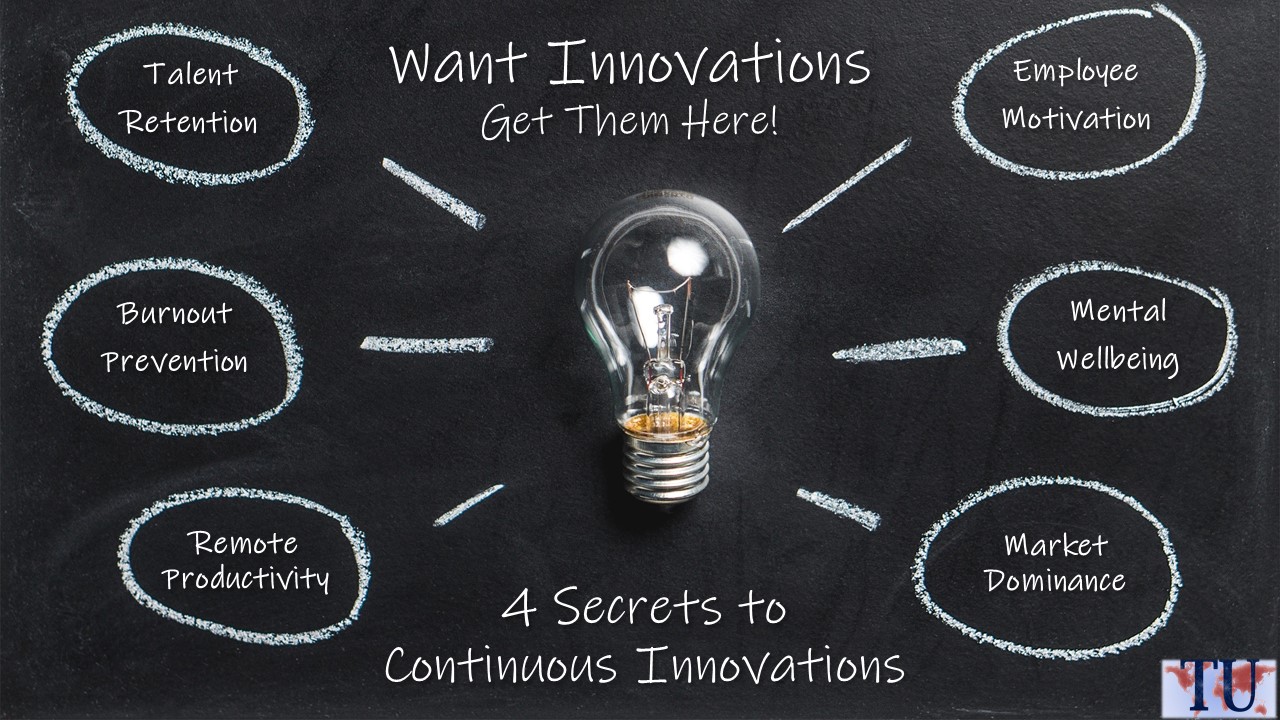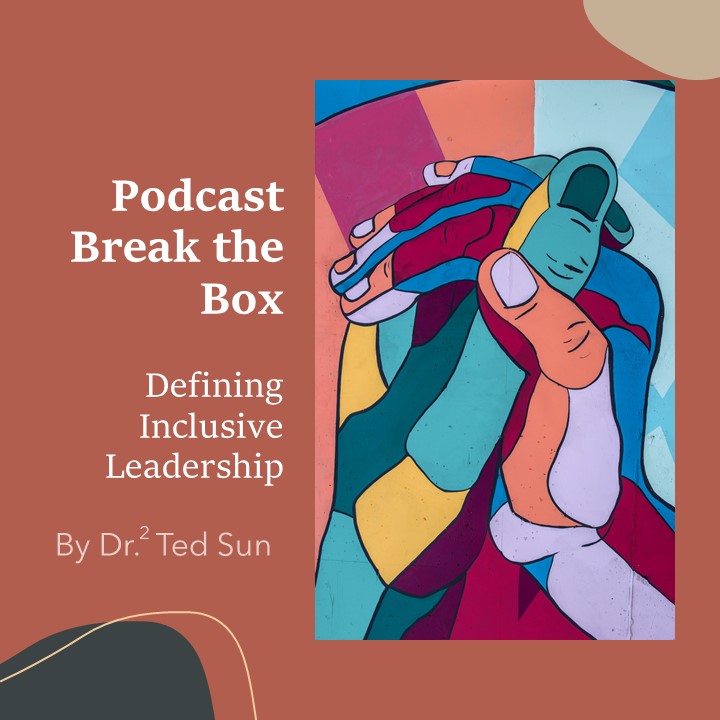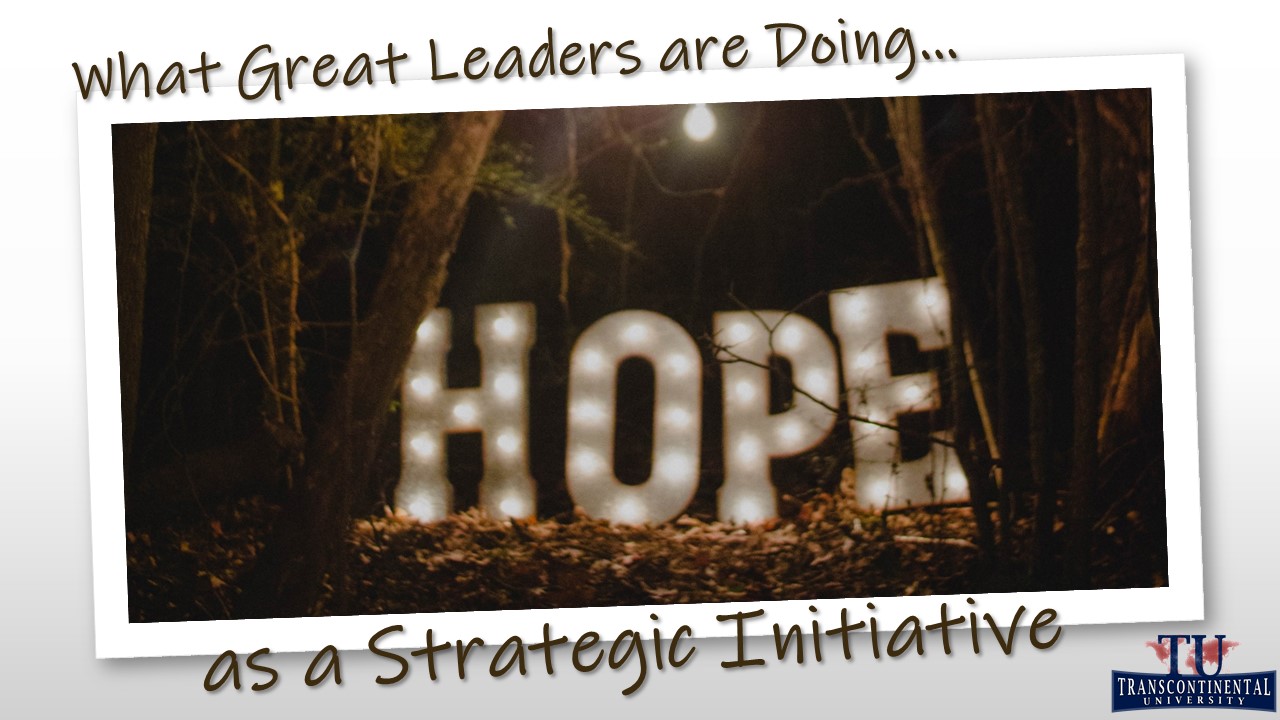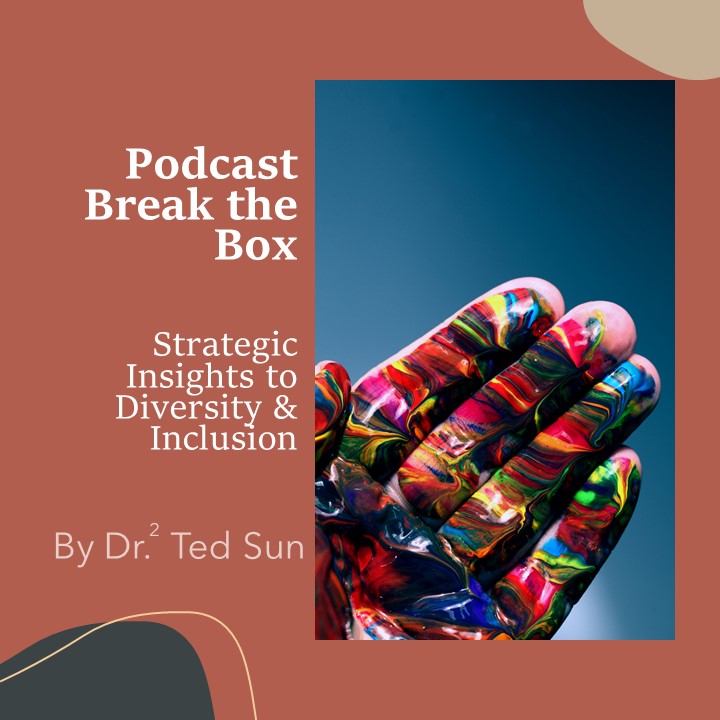
Systemic Burnout Prevention
By Dr. Ted Sun
Employee burnout is a significant concern among organizational leaders today. Even before the pandemic, a Gallup report found that 76% of employees experience burnout on the job in some way. Imagine what this number looks like with a pandemic. Just because you do not see it in front of you when people are working from home, it does not mean that it is not happening. Simply look at the record alcohol sales in 2020 as one outcome of how people are coping. Managers and leaders of teams and organizations must address this issue at the root before it is too late. With unpredictable revenues in many industries, organizations cannot afford to have their top talent reach the burnout stage. As a leader, ask yourself: How can I drive hope and empower my managers to prevent burnout daily?
Common Behaviors Fallacies
Unfortunately, most of the business literature on burnout focuses on specific behaviors rather than looking at the toxicity of the current work environment along with processes. With the behaviorist approach, people are told what to do to help others from burnout. These behaviors are far from sustainable from a personal perspective. People cannot just copy behaviors from others or from literature. Even if they did, adaptations to the behaviors are necessary depending on the people involved, time perspective, organizational culture, work processes, and stress levels. The behaviorist fallacy leads people into simplistic thinking that never works. For example, many people use the common phrase, “An apple a day keeps the doctor away”. Whether it’s an apple, broccoli, wine, a drug, or anything else, one single consumption habit is far from enough to impact overall health significantly. We human beings are much more complex than a single behavior to fix a complex psychological challenge like burnout.
Systemic Interventions
As we apply systems thinking, burnout has many systemic influences. Its prevention requires a full understanding of the influences that create stressors. This understanding can lead to redesigning various organizational systems and processes to mitigate burnout at the root. The following are some influences on employee burnout at every level of the organization:
- Remote workplace design: Before the pandemic, work-life balance was already a challenge. The current pandemic environment has forced most companies to push employees to work remotely. Now, the boundary between work and personal life is non-existent. Remote work also has a negative impact on human relationships, which enables people to feel isolated, no matter how many zoom calls they attend. The functional and emotional impact of the remote workplace requires further strategic considerations.
- Time: The lack of time can be a major stressor. Sadly, a few key change management principles still use a sense of urgency as one of their first steps in creating change. The abundance of that urgency leads to time pressures from multiple directions, which lead to lack of perceived control. Wiser strategic use of management principles, along with effective planning, can address this challenge.
- Organizational processes: Human beings have a basic need to feel belonging. Before the pandemic, the rate of switching jobs was already at a record high, as people look for belonging and a sense of greater purpose. Most organizational processes still follow a management hierarchy that leaves many employees out in the cold. Traditional management theory only tells people how to accept decisions imposed on them. No matter how justified the reason, decisions imposed onto you without your input will always have a negative emotional impact. This creates further stress. Organizational processes are a major influence on the level of toxicity or inspiration within organizational culture.
- Organizational support: Most organizations practicing behaviorism see organizational support as some type of training. Two specific perspectives must be considered: the content of the training and the context of it (how its implemented). From the contextual perspective, these training sessions are often mandatory. Forced training creates resistance and diminishes one’s desire to learn. When training is imposed as isolated interventions, employees have limited room to practice new skills. On the content side, most training pushes generic behaviors, which are limited in sustained outcomes that create habits. Organizational support should be designed to consider the needs of the individual, the team, and the organization. Additionally, it should be integrated with other systems to inspire a sense of empowerment. This must be present to balance the perception of loss of control.
- Emotional maintenance: Significant research has shown the influence of emotional intelligence and success. Ask yourself or most managers, “What are you doing daily for emotional maintenance?” In an ideal world, organizations can help their employees take time for emotional maintenance. This type of emotional intelligence development is key to eliminating burnout at the root.
The 5 influences above are only some of the major sources of employee burnout. For those who are already feeling burnout impacting them, read this article on 5 Secrets to Achieving Your Happiness. This can get you started on the personal side of healing. Then engage us to help your organization enhance its systems so that you can function effectively and efficiently in healthy business processes.
Burnout is a tidal wave that will hit every organization with tremendous costs. Do not wait to be hit with it, when people begin to make mistakes that they do not normally make, or come to work or meetings late. Take action now to prevent your top talent from reaching this costly stage during critical times. We are here to help with numerous programs customized to your organization’s needs.
Let’s explore some strategies together.
















